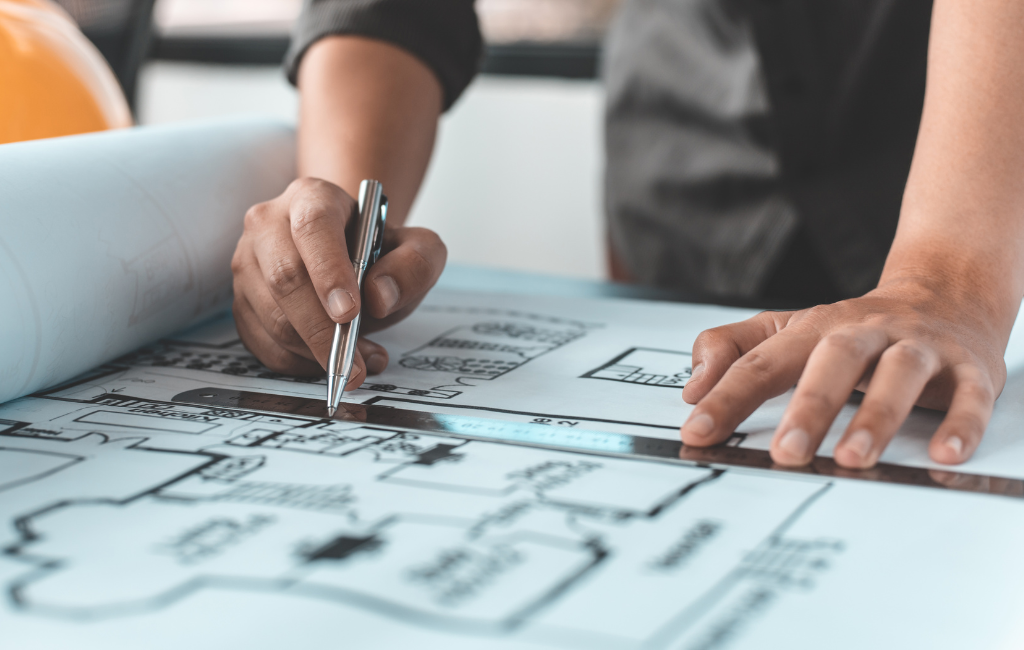Architect: Redefining Modern Architecture for Future Living
Modern architecture is undergoing a transformative phase, driven by technological advancements, environmental concerns, and evolving human needs. Architects are now tasked with creating spaces that are not only aesthetically pleasing but also sustainable, functional, and adaptable to future changes. This article explores how modern architecture is being redefined to meet the demands of future living.
Embracing Sustainability
Sustainability has become a cornerstone of modern architecture. With the growing awareness of climate change and resource depletion, architects are increasingly focusing on eco-friendly designs. Sustainable architecture aims to minimize the environmental impact of buildings through energy efficiency, use of renewable materials, and waste reduction.
Green Building Materials
One of the key aspects of sustainable architecture is the use of green building materials. These materials are sourced responsibly and have a lower environmental footprint. Examples include:
- Bamboo: A fast-growing, renewable resource that is strong and versatile.
- Recycled steel: Reduces the need for new steel production, which is energy-intensive.
- Rammed earth: Utilizes natural soil and has excellent thermal properties.
Energy Efficiency
Energy-efficient buildings are designed to reduce energy consumption through various means. These include:
- Passive solar design: Maximizes natural light and heat from the sun.
- High-performance insulation: Reduces the need for heating and cooling.
- Energy-efficient windows: Minimize heat loss and gain.
Technological Integration
Technology is playing a significant role in shaping modern architecture. Smart buildings equipped with advanced systems can enhance comfort, security, and energy efficiency. These technologies include:
Smart Home Systems
Smart home systems allow for the automation and remote control of various building functions. Examples include:
- Lighting: Automated lighting systems that adjust based on occupancy and natural light.
- Climate control: Smart thermostats that optimize heating and cooling.
- Security: Advanced surveillance and access control systems.
Building Information Modeling (BIM)
BIM is a digital representation of a building’s physical and functional characteristics. It allows architects to create detailed 3D models and simulate various scenarios. Benefits of BIM include:
- Improved collaboration: Facilitates communication among stakeholders.
- Enhanced accuracy: Reduces errors and rework.
- Efficient project management: Streamlines the construction process.
Adaptive and Flexible Spaces
Modern living requires spaces that can adapt to changing needs. Flexible design solutions are becoming increasingly popular, allowing buildings to serve multiple purposes over their lifespan.
Modular Construction
Modular construction involves assembling buildings from pre-fabricated modules. This method offers several advantages:
- Speed: Reduces construction time significantly.
- Cost-effectiveness: Lowers labor and material costs.
- Quality control: Ensures consistent quality through factory production.
Multi-Functional Spaces
Designing spaces that can serve multiple functions is another trend in modern architecture. Examples include:
- Convertible furniture: Items that can transform to serve different purposes.
- Open floor plans: Spaces that can be reconfigured easily.
- Mixed-use developments: Buildings that combine residential, commercial, and recreational spaces.
Case Studies
Several projects exemplify the principles of modern architecture for future living. These case studies highlight innovative approaches to sustainability, technology, and flexibility.
Bullitt Center, Seattle
The Bullitt Center is often referred to as the greenest commercial building in the world. It features:
- Net-zero energy: Generates as much energy as it consumes through solar panels.
- Rainwater harvesting: Collects and treats rainwater for all its water needs.
- Non-toxic materials: Uses materials that do not harm the environment or human health.
One Central Park, Sydney
One Central Park is a mixed-use development known for its vertical gardens. Key features include:
- Green walls: Covered with plants that improve air quality and reduce heat.
- Automated shading: Uses heliostat mirrors to direct sunlight into the building.
- Energy-efficient systems: Incorporates advanced lighting and climate control technologies.
Statistics and Trends
Recent statistics and trends provide insights into the future of modern architecture:
- According to the World Green Building Council, green buildings can reduce energy consumption by up to 50%.
- A report by MarketsandMarkets projects that the smart building market will grow from $60.7 billion in 2020 to $105.8 billion by 2025.
- The Modular Building Institute states that modular construction can reduce project timelines by 20-50%.
Conclusion
Modern architecture is evolving to meet the challenges and opportunities of future living. By embracing sustainability, integrating technology, and designing flexible spaces, architects are creating buildings that are not only functional but also enhance the quality of life. As these trends continue to develop, the built environment will become more resilient, efficient, and adaptable to the needs of future generations.
